Under the reign of Mewar kings in Rajasthan, the majestic fort was built by Rana Kumbha in the 15th century between AD 1443 and 1458 under the direction of Mandan who was a very renowned architect of that time. The fort was constructed in the exact same place where an old castle existed which was attributed to Samprati who was a Jaina prince of the second century BC. It is named after the King Kumbha. The Kumbhalgarh fort was cleverly designed on a hilltop to provide the strategic position to the Mewar kings to protect them against the attacks of the enemy which is why it is also recognized as the second most important fort of Rajasthan.
Being located on a hill of the Aravalli ranges, it offers the panoramic view of the surroundings along with the sand dunes of Thar Desert. The fort is also the birthplace of Maharana Pratap, one of the most powerful kings of Mewar. Also, Badal Mahal was constructed inside the fort by Rana Fateh Singh, who was one of the most famous builders of the time. Badal Mahal, Kumbha Palace, Jain Temples, baoris, chhattris, water reservoirs and Brahmanical are some of the main buildings inside the spectacular fort.
The Great Wall Of India
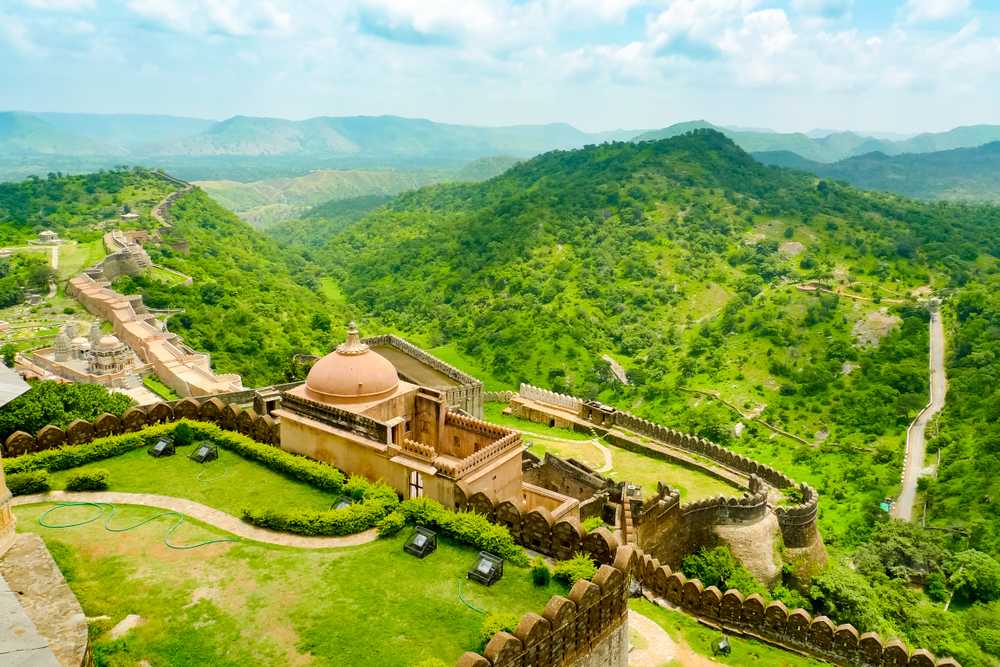
The Kumbhalgarh Fort wall is built out of the stone bricks and passes through the valleys of the Aravali ranges and ends at the top of the hill. Some stretches of the wall have been ruined with time. It has a great resemblance to the Great Wall of China and is one of the hidden gems of India.
Main Monuments Inside the Kumbhalgarh Fort
Some important monuments present inside the fort include:1. Ganesh Temple - A Ganesh temple is built on a 12 ft (3.7 m) platform and is considered the earliest of all temples built inside the fort. Neel Kanth Mahadeva temple is located on the eastern side of the fort built during 1458 CE. The central shrine of Shiva is approached through a rectangular enclosure and through a structure supported by 24 huge pillars. The idol of Shiva is made of black stone and is depicted with 12 hands. The inscriptions indicate that the temple was renovated by Rana Shanga.
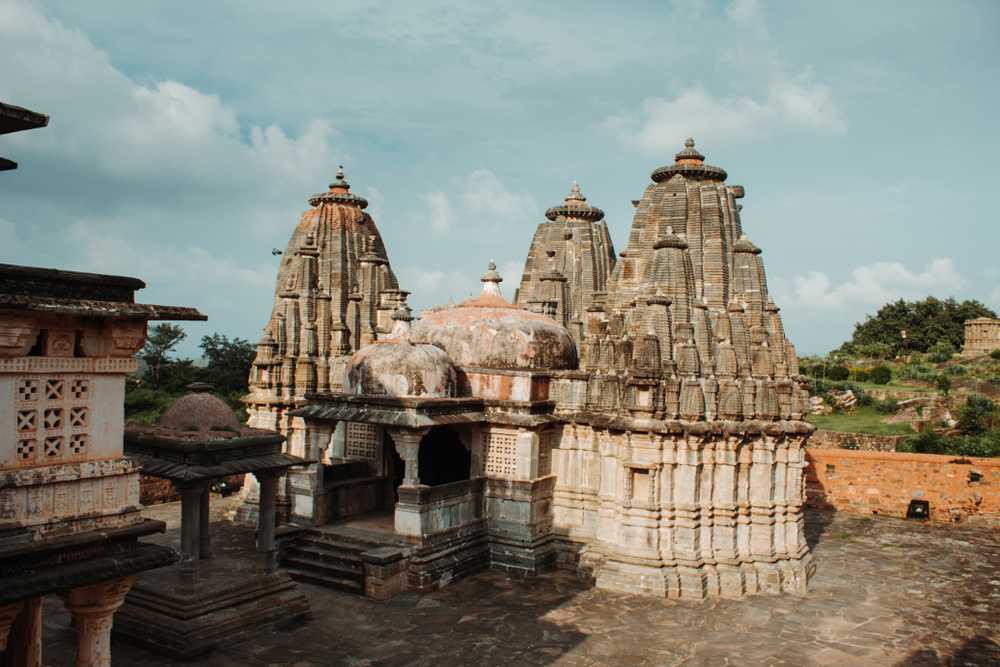
2. Vedi Temple - Built by Rana Kumbha, it is situated near the Hanuman Pol, facing west. It is a three-storeyed octagonal Jain temple built on a raised platform accessible through a flight of steps. The Vedi temple has thirty-six pillars supporting the domical ceiling. It was built for performing rituals after completion of the fort. Erected on a high platform, it was renovated later by Maharana Fateh Singh. Nearby, to the east of this temple is a triple shrine temple.
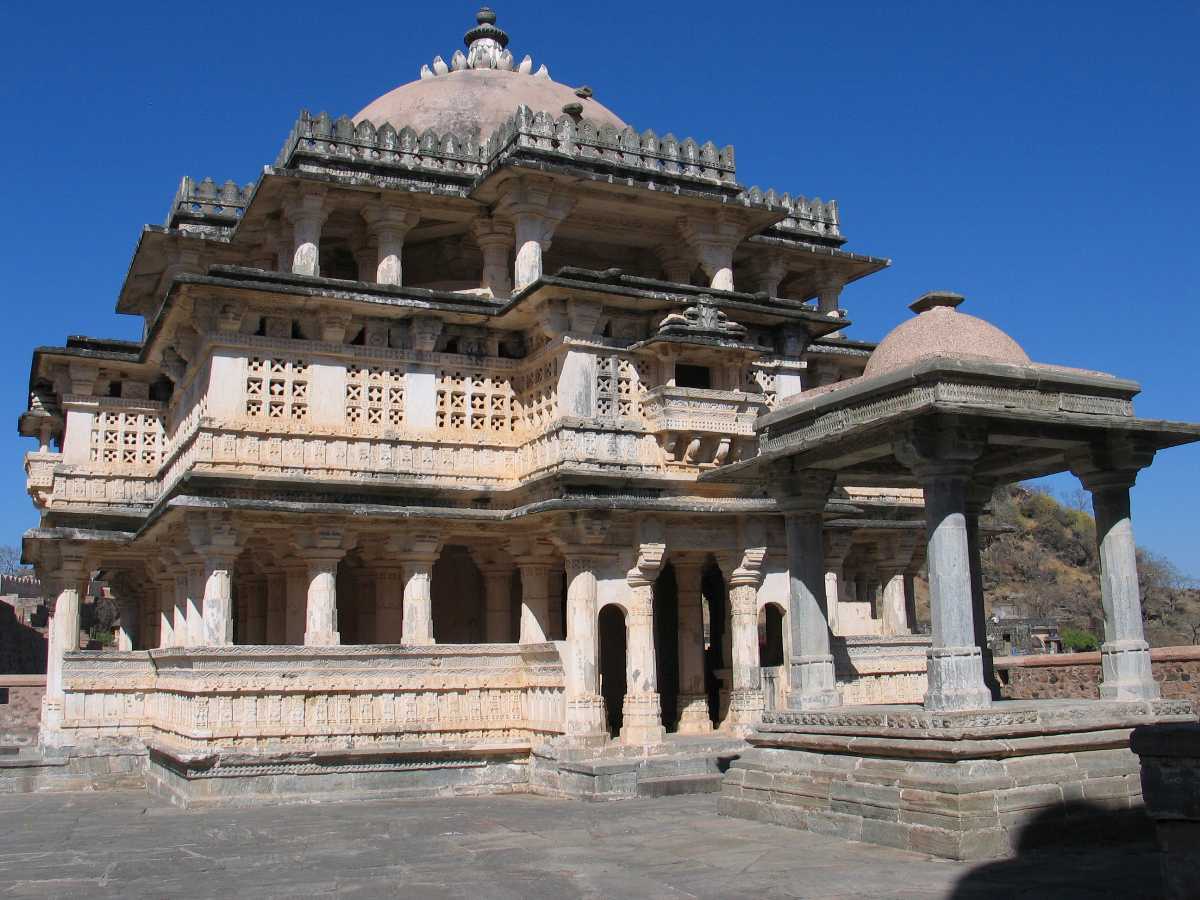
3. Parsvanatha Temple - Parsva Natha temple (built during 1513), Jain temple on the eastern side and Bawan Jain temples and Golera Jain temple are the major Jain temples in the Kumbhalgarh fort. Mataji temple, also called Kheda Devi temple is located on the southern side of Neela Kanth temple. Mamdeo temple, Pital Shah Jain temple and Surya Mandir (Sun temple) are the other major temples inside the fort complex.
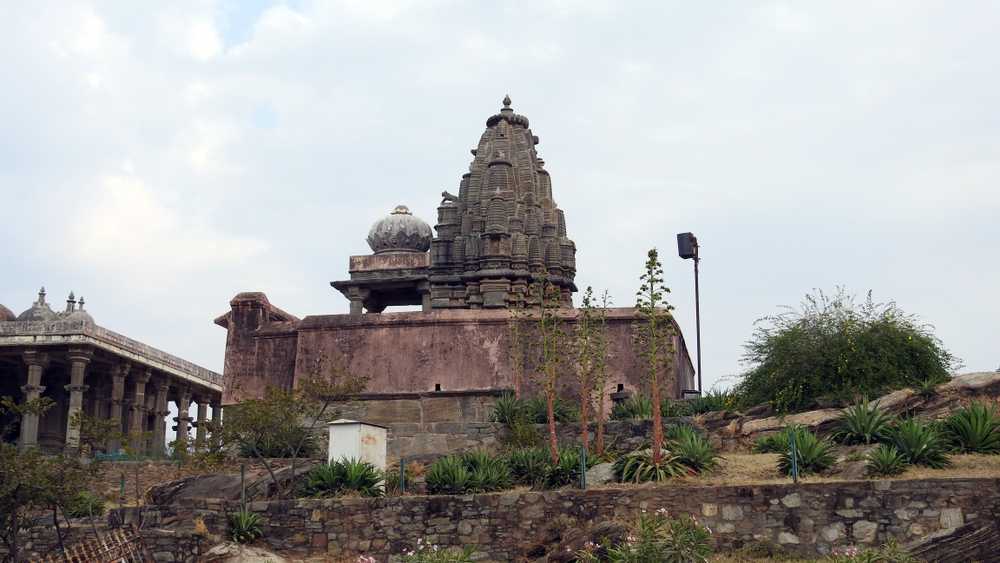
4. Bawan Devi Temple - The temple derives its name from the bawan (fifty-two) shrines in a single complex. The temple consists only one entrance. An image of Jaina Tirthankara is carved on the lalatabimba of the doorway. Out of fifty-two shrines, two are big in size, located in the centre. The remaining fifty shrines are small in size and arranged all around the outer wall. The bigger shrine among the group consists a sanctum, antarala and an open mandapa.
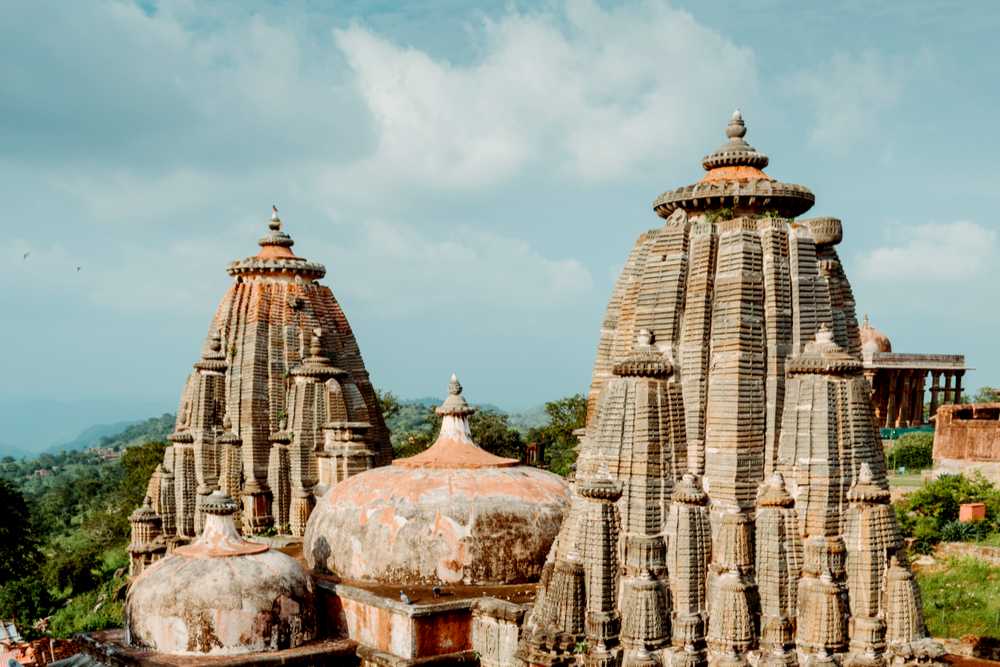
5. Kumbha Palace - Located close to the Pagda Pol, this palace is one of the finest examples of Rajput architecture. It is a two storeyed building with a beautiful blue durbar hall. A corridor separated the mardana (men's) palace from the zanana (women's) palace. Some of the rooms in the zenana have an attractive painted frieze with elephants, crocodiles and camels. A circular Ganesh temple is in the corner of the zenana courtyard. The most noted feature is the toilets, which has a ventilation system that allowed fresh air into the room while the toilet was in use.
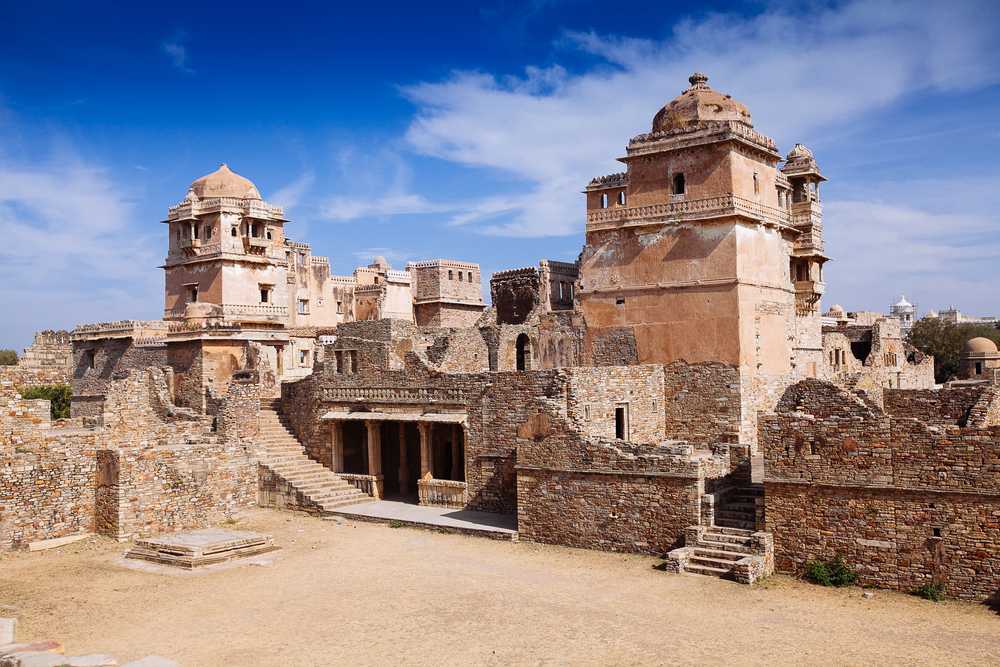
6. Badal Mahal - Built by Rana Fateh Singh (AD 1885-1930), it is the highest point of fortress. Once have to climb up to terrace through narrow stairs to reach this palace. It is a two storeyed building with the interior painted in pastel colours. Like Palace of Rana Kumbha, this palace is also divided into two interconnected distinct portions - Zanana and the Mardana palace. This palace is profusely decorated with wall paintings of 19th century style and some have attractive friezes. The stone jali screens in Zanana mahal was facilitated the queens to see the court proceedings and other events in privacy. From here, one can get the view the jungle covered hillsides and across the deserts of Marwar towards Jodhpur.
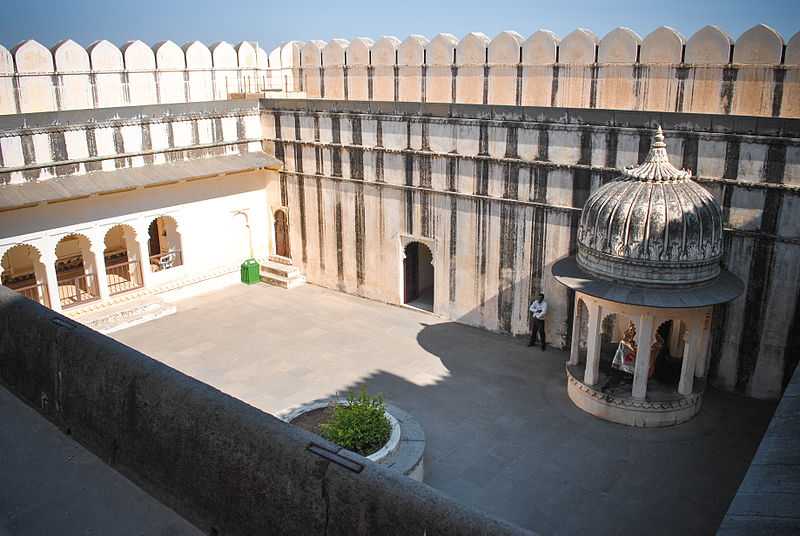
Things To Do At Kumbhalgarh Fort
1. Badal Mahal which is situated on top of the Kumbhalgarh Fort gives an amazing view of the entire Kumbhalgarh Wildlife Sanctuary which is spread across the Aravali Hills. You can visit the Badal Mahal and get a lot of pictures clicked alongside enjoying its beautiful scenic view.2. Be a part of and enjoy the special light and sound show which starts at 6:45 PM depicting the story of the Rajput Royals. The show is in Hindi language and is worth being a part of. The tickets cost INR 100 for Indians and INR 250 for foreigners. The duration of the show is 45 minutes.
Tips For Visiting Kumbhalgarh Fort
1. The light and sound show is a must-watch and the key highlight of the fort.2. Also, since the fort is massive and requires walking for hours so it is advisable to wear comfortable shoes.
